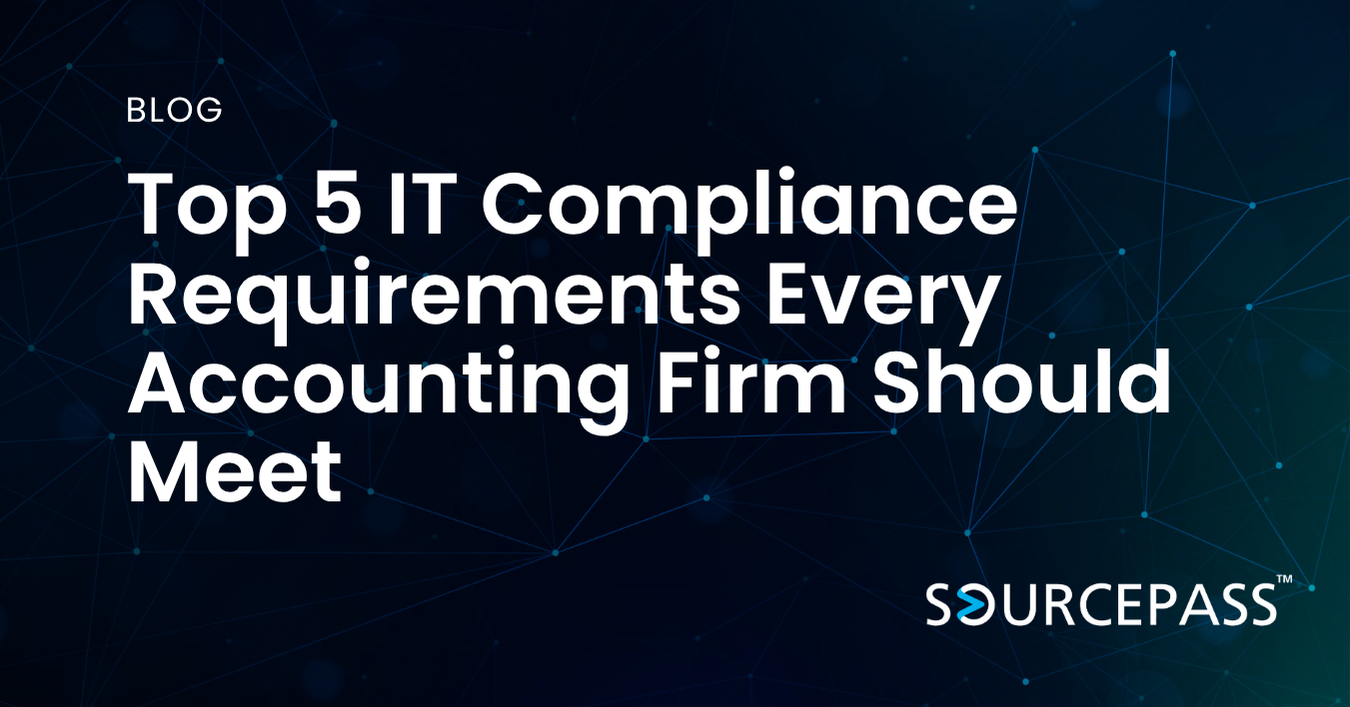How to Avoid Intellectual Property Theft for Engineering Firms
Jun 30, 2025 Alex Davis Security Awareness Training | Security & Compliance | Industry - Engineering | Cybersecurity | Data Protection 2 min read



Intellectual Property (IP) encompasses the unique designs, technical drawings, simulations, and patented technologies that engineering firms develop. These digital assets are the result of significant investment in research and development, and they define the firm's competitive edge in the market.
With increased digital collaboration, remote work, and cloud-based project management, protecting sensitive IP has become a serious cybersecurity challenge for engineering firms.
This blog explores why engineering firms are vulnerable to IP theft—and the cybersecurity best practices every firm should implement to protect their intellectual assets.
Why Engineering Firms Are High-Value Cyber Targets
Engineering firms work with high-stakes, high-value information, such as:
- CAD files and 3D models
- Product blueprints and prototypes
- Proprietary formulas and source code
- Client data and project specifications
- Government or defense-related IP
This makes engineering firms ideal targets for corporate espionage, ransomware gangs, and IP thieves. Unfortunately, many small and mid-sized firms operate with minimal cybersecurity infrastructure, making attacks easier and more damaging.
Common Cybersecurity Risks Facing Engineering Teams
Despite the sensitivity of their data, many engineering firms unknowingly leave critical systems exposed. Common weaknesses include:
- Unsecured file sharing platforms
- Outdated or unpatched software
- Poor password practices or shared credentials
- Weak endpoint protection on laptops or workstations
- Lack of access control on sensitive project folders
- Limited incident response planning
These vulnerabilities can lead to data breaches, IP loss, and even regulatory fines depending on the industries served.
Cybersecurity Best Practices for Engineering Firms
1. Secure Your Project and Design Files
Engineering designs often reside in platforms like AutoCAD, SolidWorks, or cloud-based project environments. These tools must be secured with:
- Encrypted storage and file transfer
- Multi-Factor Authentication (MFA) on all apps and portals
- Granular access controls to ensure only authorized users can access sensitive IP
- Automatic version control and audit logs for accountability
Never rely on consumer-grade file-sharing tools for critical engineering data.
2. Implement Strong Endpoint and Network Security
Your IP is only as secure as the devices accessing it. Engineering workstations are often highly specialized, but they still need:
- Next-gen antivirus and Endpoint Detection & Response (EDR)
- Automated patch management to prevent vulnerabilities
- Firewalls and Intrusion Detection Systems (IDS)
- Encrypted VPN access for remote users
Engineering firms with remote teams or multiple offices should also invest in network segmentation to reduce lateral movement during a breach.
3. Educate and Train Employees
Many data breaches originate from simple human error, such as clicking a phishing link or uploading a file to the wrong platform.
To mitigate this risk:
- Conduct regular cybersecurity awareness training
- Run phishing simulations to identify at-risk users
- Create clear policies for data handling and IP sharing
- Reinforce the value of IP and the consequences of mishandling it
Your engineers must be educated to understand how to defend your firm’s assets.
4. Protect Remote and Third-Party Collaboration
Whether you're working with subcontractors, clients, or external R&D teams, your data is at risk every time it leaves your internal systems.
Best practices include:
- Secure portals for external file access
- Vendor risk assessments and compliance checks
- Time-limited or project-specific access credentials
- Non-disclosure agreements (NDAs) and IP clauses in contracts
Don't assume third parties have the same cybersecurity standards as your firm—verify and control how your data is shared.
5. Establish a Cybersecurity Incident Response Plan
Even with the best defenses, no system is 100% immune. Be prepared to act fast by building a robust Incident Response Plan (IRP) that includes:
- Defined roles and responsibilities
- Containment and recovery procedures
- Communication plans for clients and stakeholders
- Regular IRP testing and updates
This helps your firm recover quickly while minimizing damage to your reputation and bottom line.
Cybersecurity is Key to IP Protection
In 2025, engineering firm cybersecurity is about more than compliance—it's about protecting the very innovations that define your business. IP theft doesn’t just hurt financially; it erodes client trust, competitive edge, and long-term viability.
Whether you’re building the next aerospace component, medical device, or smart infrastructure system, your IP must be treated like the critical business asset it is.
Need Help Protecting Your Engineering Firm’s IP? Sourcepass Can Help!
We help engineering teams implement scalable, industry-specific cybersecurity systems to protect R&D, designs, and data—without slowing down innovation.
Subscribe To
Sourcepass Insights
Sourcepass Insights
Stay in the loop and never miss out on the latest updates by subscribing to our newsletter today!



